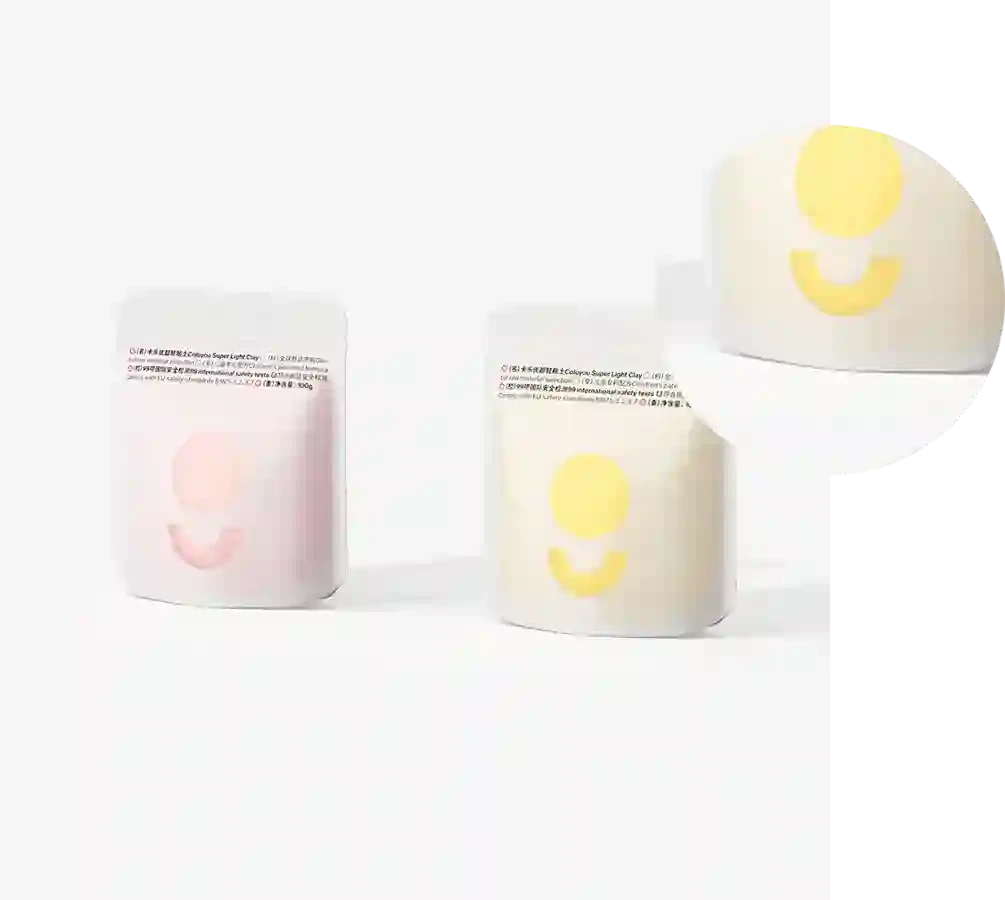- Afrikaans
- Albanian
- Amharic
- Arabic
- Armenian
- Azerbaijani
- Basque
- Belarusian
- Bengali
- Bosnian
- Bulgarian
- Catalan
- Cebuano
- chinese_simplified
- chinese_traditional
- Corsican
- Croatian
- Czech
- Danish
- Dutch
- English
- Esperanto
- Estonian
- Finnish
- French
- Frisian
- Galician
- Georgian
- German
- Greek
- Gujarati
- haitian_creole
- hausa
- hawaiian
- Hebrew
- Hindi
- Miao
- Hungarian
- Icelandic
- igbo
- Indonesian
- irish
- Italian
- Japanese
- Javanese
- Kannada
- kazakh
- Khmer
- Rwandese
- Korean
- Kurdish
- Kyrgyz
- Lao
- Latin
- Latvian
- Lithuanian
- Luxembourgish
- Macedonian
- Malgashi
- Malay
- Malayalam
- Maltese
- Maori
- Marathi
- Mongolian
- Myanmar
- Nepali
- Norwegian
- Norwegian
- Occitan
- Pashto
- Persian
- Polish
- Portuguese
- Punjabi
- Romanian
- Russian
- Samoan
- scottish-gaelic
- Serbian
- Sesotho
- Shona
- Sindhi
- Sinhala
- Slovak
- Slovenian
- Somali
- Spanish
- Sundanese
- Swahili
- Swedish
- Tagalog
- Tajik
- Tamil
- Tatar
- Telugu
- Thai
- Turkish
- Turkmen
- Ukrainian
- Urdu
- Uighur
- Uzbek
- Vietnamese
- Welsh
- Bantu
- Yiddish
- Yoruba
- Zulu
Understanding the Shelf Life and Storage Tips for Cornstarch Products
Understanding the Shelf Life of Cornstarch Tips for Proper Storage and Usage
Cornstarch is a common ingredient in many households and kitchens around the world. Known for its thickening properties, it is often used in sauces, gravies, puddings, and various baking recipes. While it is a staple in cooking, understanding the shelf life of cornstarch is essential for maintaining food quality and safety.
What is Cornstarch?
Cornstarch, derived from the endosperm of corn kernels, is a fine white powder that is gluten-free. It serves not only as a thickening agent but also as a binding agent in various recipes. Additionally, it is often utilized in baking to give a lighter texture to cakes and pastries. Despite its versatility, like all food products, cornstarch has a finite shelf life.
Shelf Life of Cornstarch
When stored properly, cornstarch can last for a considerable time. Generally, unopened cornstarch can retain its optimal quality for up to 2 to 3 years past the printed expiration date. Once opened, it is best used within 1 to 2 years for the best results. While cornstarch might not spoil in the traditional sense (it does not become unsafe to eat), it can lose its effectiveness over time, resulting in less successful thickening in recipes.
Signs of Deterioration
To ensure the best culinary outcomes, it’s crucial to recognize when cornstarch may no longer be suitable for use. Here are some signs to look out for
1. Clumping If you notice that the cornstarch has formed lumps or clumps, it may have absorbed moisture, which can affect its consistency and performance in recipes. 2. Odor Fresh cornstarch should have a neutral scent. If it develops an unpleasant odor or any rancid smell, it's a sign that it should be discarded.
3. Color Change Cornstarch should remain white or off-white. Any yellowing or discoloration indicates it may have been compromised.
cornstarch shelf life

Proper Storage Tips
To extend the shelf life of cornstarch, proper storage methods are essential
- Keep it Dry Store cornstarch in a cool, dry place away from moisture and humidity, which can cause clumping and spoilage.
- Airtight Container For opened cornstarch, transfer it to a clean, airtight container. This minimizes exposure to air and moisture.
- Avoid Heat and Light Store cornstarch in a location that does not get too hot or receive direct sunlight. Excessive heat can degrade its quality.
Usage Tips
When using cornstarch after it's been stored for an extended period, consider running a quick freshness test. Mix a spoonful of cornstarch with a small amount of water; if it forms a gel or thickens as expected, it is still good to use. If not, it may be time to replace it.
Conclusion
Understanding the shelf life and storage needs of cornstarch can significantly enhance your cooking experience. By recognizing signs of deterioration, implementing proper storage techniques, and conducting freshness tests when in doubt, home cooks can ensure that this invaluable ingredient continues to perform at its best. With a little care, cornstarch can remain a reliable kitchen staple for years, helping you create delicious meals and treats without the worry of compromised quality. So next time you reach for that bag of cornstarch, remember these tips to keep your cooking reliable and enjoyable!













